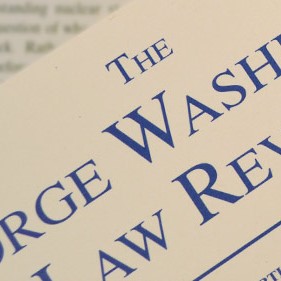Renee Lettow Lerner · March 2013
81 GEO. WASH. L. REV. 448 (2013)
Jury practice in the state and federal courts evolved dramatically in the nineteenth and early twentieth centuries. Around the time of the ratification of the Bill of Rights in 1791, important legal thinkers praised the civil jury as a bulwark against judicial tyranny. By the advent of the Federal Rules of Civil Procedure in 1938, many commentators regarded the civil jury as an antiquated nuisance. Diminishment of the jury and open exercise of judicial power, encouraged in the Federal Rules by procedures such as summary judgment, would not have been possible without earlier changes in jury practice. Two major changes were the rise of directed verdict procedure and the related judgment notwithstanding the verdict. These mechanisms allowed a judge to give a binding instruction to a jury, or to enter a judgment contrary to the jury’s decision.
This Study reveals that railroads revolutionized the law of jury control. Changes in directed verdict were part of a larger program of jury reform beginning in the mid-nineteenth century in England, the states, and the federal government. Because of growing numbers of complicated personal injury suits against railroads, and because of perceived jury bias in those cases, many judges sought to control juries more efficiently. Directed verdicts began to replace new trials. Opposition arose, but the overall trend was toward greater judicial control of juries. The striking changes in jury practice described in this Article suggest difficulties in maintaining a consistent jury trial right by constitutional requirement.

